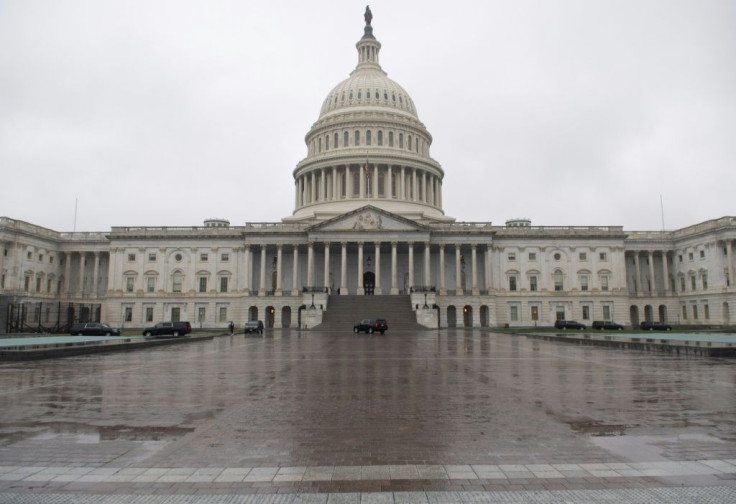Trump Administration Considering Back-To-Work Bonus To Persuade Low Wage Earners To Return To Work

KEY POINTS
- Low wage American workers, considering they have stayed healthy during the pandemic, have done well due to the $1,200 stimulus check and state unemployment benefits
- The CARES act also added another $600 per week into their hands
- The added unemployment benefits from the CARES act will expire July 31
- Sen. Rob Portman (R-Ohio) called for a “return to work” bonus of $450 per week on top of any pay for people who rejoin the workforce
Some low wage American workers have done quite nicely after being laid off due to the work shutdowns caused by the global COVID-19 pandemic. Assuming they have stayed healthy, the workers have received a $1,200 stimulus check and have been able to receive state unemployment benefits that are normally less than the wages they were paid at their former jobs.
In addition to the $1,200, the CARES act enacted into law on March 27 added another $600 per week into their hands. This has presented a conundrum to employers now trying to reopen and bring the workers back because the job will now pay less than the benefits. For most low wage workers, the choice not to return to work until the benefits end is a “no-brainer”.
The added unemployment benefits from the CARES act will expire July 31 and Democrats, Republicans, and President Donald Trump all agree Americans need more financial help. The next stimulus package under negotiations is called the HEROES act, a $3 trillion package that includes a Democratic-led extension of the $600 per week unemployment benefits. Republicans and Trump have rejected this idea and want to limit the size of the bill to $1 trillion.
A counter-proposal was made by Sen. Rob Portman (R-Ohio), who suggested a provision in the HEROES relief bill to address unemployed workers who are receiving more money in federal benefits than their normal pay if they returned to work. He has called for a “return to work” bonus of $450 per week on top of any pay for people who rejoin the workforce.
Portman and Trump’s economic adviser Larry Kudlow both commented on the same to Fox News. Portman said, “I’m hearing from a lot of small business employers in Ohio who are ready to go, ready to start reopening again, that it’s been very difficult for them to get workers to come back when they can make more, sometimes substantially more on unemployment insurance.”
Kudlow added, “It may well be, it’s something we’re looking at very carefully” when asked about the proposal put forward by Portman. “Senator Portman has a good idea, he understands incentives and disincentives.”
Kudlow may be overestimating the senator’s understanding of incentives. The raw numbers tell the story for most workers in the lower-income brackets. The $600 per week incentive is equivalent to $15 per hour for a 40-hour workweek. State unemployment benefits vary from state to state. Florida recipients’ maximum weekly benefit is $275 while California’s is $450.
Based on those numbers a person can stay at home and rake in between $875 and $1,050 or go to work at a $15 an hour job and earn $1,050 ($600 for $15/ hour for 40 hours plus the $450 for the “back to work” lure). Any taxes and FICA deductions from regular wages would lower the take-home pay, cutting the incentive even further.
Considering that a second $1,200 stimulus payment is likely to come under the HEROES act, the decision to return to work or pass on the back-to-work incentive and stay home until the benefits are exhausted is still a “no brainer” even for those who love their $15-per-hour jobs.

© Copyright IBTimes 2025. All rights reserved.





















